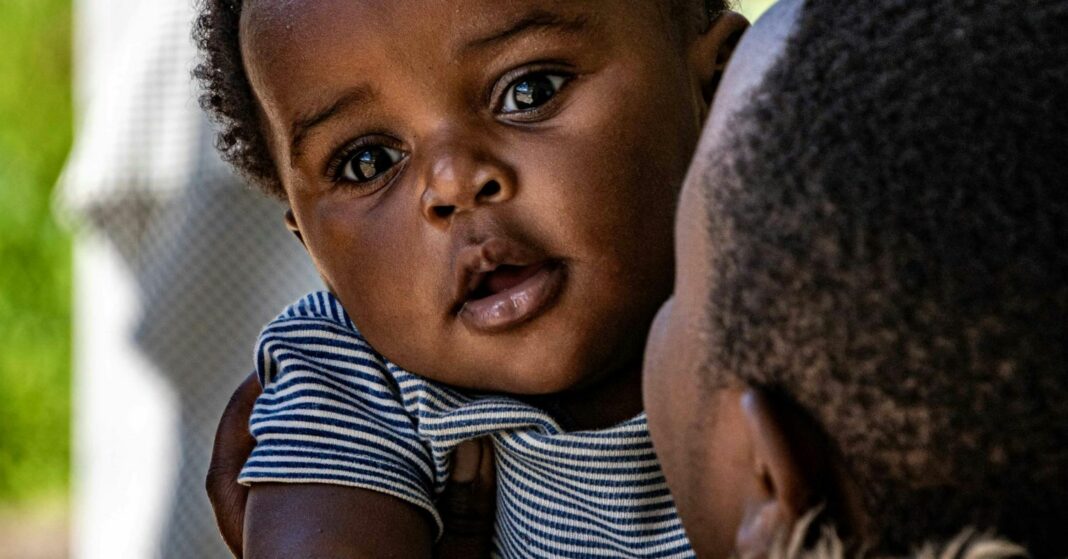How Couples Split Chores and Caretaking During COVID
The COVID-19 pandemic has brought about significant changes to the way we live our daily lives. With lockdowns, social distancing measures, and work-from-home arrangements in place, many couples have found themselves spending more time together at home than ever before. This has forced them to re-evaluate how household chores and caregiving responsibilities are divided between partners.
The Impact of COVID-19 on Couples
Before the pandemic, many couples had established routines for dividing household chores and caregiving duties. However, with the closure of schools, daycare centers, and the increasing need for remote work, these routines have been disrupted.
Couples are now faced with the challenge of finding a new balance in their responsibilities. This has led to discussions around how chores and caretaking duties should be split, taking into account factors such as work schedules, children’s needs, and personal preferences.
How Couples Are Adapting
Some couples have found that the key to successfully splitting chores and caretaking during COVID-19 is communication. By openly discussing their needs and expectations, couples can work together to find a system that works for both partners.
For example, some couples have opted to create a chore chart or schedule that clearly outlines who is responsible for which tasks. This can help prevent misunderstandings and ensure that both partners are contributing equally to the household.
Others have chosen to divide chores based on their strengths and preferences. For instance, one partner may take on more of the cleaning duties while the other focuses on cooking and meal prep. By playing to each other’s strengths, couples can create a more efficient and harmonious household dynamic.
The Role of Gender Norms
Despite efforts to create a more equitable division of labor, some couples may find that traditional gender roles still play a significant role in how chores and caregiving duties are split. Studies have shown that women tend to take on a larger share of household responsibilities, even when both partners are working from home.
It is important for couples to recognize and address any gender biases that may be influencing their division of labor. By challenging these norms and working together to create a more equal partnership, couples can ensure that both partners feel valued and respected in their contributions to the household.
Conclusion
In conclusion, the COVID-19 pandemic has presented couples with new challenges when it comes to splitting chores and caretaking responsibilities. By communicating openly, playing to each other’s strengths, and challenging traditional gender norms, couples can find a system that works for both partners.
It is important for couples to work together as a team and support each other during these challenging times. By sharing the burdens of household responsibilities, couples can strengthen their bond and create a more harmonious living environment.
FAQs
1. How can couples ensure a fair division of labor during COVID-19?
Couples can ensure a fair division of labor by openly discussing their needs and expectations, creating a chore chart or schedule, and challenging traditional gender norms.
2. What are some strategies for splitting chores based on strengths and preferences?
Couples can split chores based on their strengths and preferences by identifying tasks that each partner enjoys or excels at. For example, one partner may prefer cooking while the other prefers cleaning.
3. How can couples address any gender biases that may be influencing their division of labor?
Couples can address gender biases by recognizing and discussing any inequalities in their division of labor, actively challenging traditional gender norms, and working together to create a more equitable partnership.




